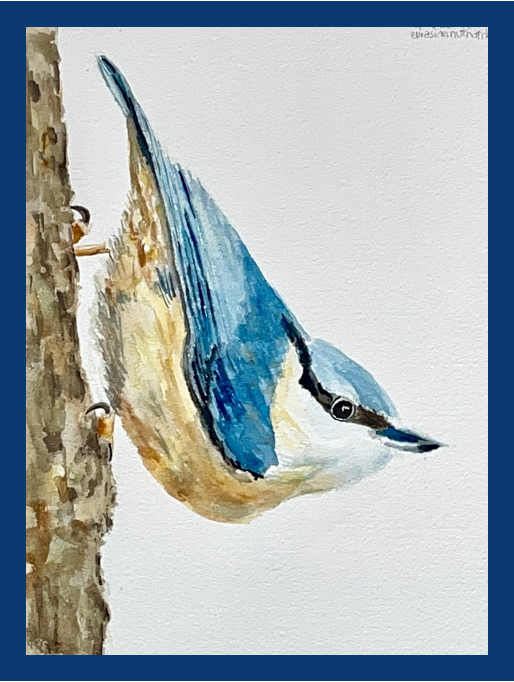Agnes’ Guides to Effective Learning

VOICE: Singing like a Songbird
- Break apart the song into parts: language (learn this part last!), melody and rhythm. Learn phrase by phrase and gradually increase complexity. We can actually only concentrate on/learn one new aspect at a time!
- Audiate: Literally take time to think about what you are going to sing before you sing it. This process is called audiation and is a critical step in singing. It actually happens all the time, automatically, we just don’t realize it. Spend time consciously singing the phrase in your head.
- Record yourself and listen (you will learn much faster listening to your own voice).
- Use ‘DO’ language – find what works and expand upon that. Making music gives us information and if we see it as useful feedback, we will learn much faster. Let any judgements go… they inhibit learning! This applies directly to piano as well!
- Sing with different feelings in mind, e.g. express emotions like joy, frustration, grumpy, excited, shy; and/or imagine you are a character, e.g. a CEO, French philosopher, southern belle, a basketball coach. The brain needs variation to learn more deeply and quickly.
- Imagine yourself singing the song, thinking about where you will sing it, and who your audience will be. Creating a detailed scene in your mind is also a form of practice and will help your learning.
- Take time to rest: be sure to get enough quality sleep to consolidate your learning. Also, try taking 10 seconds of rest between patterns to allow the brain to process. Learning takes time.
PIANO: Slow and steady wins the race!
- Practice 15-20 minutes per day, 5-7 times per week: You’ll notice that if you try to practice twice as much one day and then skip another, you’ll learn much more slowly. Daily repetition ensures that learning occurs at a deep level. When we sleep, our brains consolidate the information we processed during the day. Consistent daily practice in small amounts ensures a strong foundation to be built upon – it is essential for success!
-
Break it into small chunks: When you are learning a piece for the first time, it is much more effective to break everything into small chunks rather than playing all the way through. Be sure to separate out the melody and rhythm, the left and right hands, and then learn the parts in small chunks or phrases.
Go S-L-O-W-L-Y! You will learn it more quickly! - Use a variety of learning techniques:
- Speak instructions out loud while you practice
- Sing or hum along while you play
- Look for patterns in a piece and stay aware of them when you play (write them in the music in pencil!)
- Put the patterns into your fingers by tapping the song on your lap or the closed keyboard lid
- Listen to the app or a recording of yourself
- Remind yourself of something that worked well in your playing
- Have fun and keep it playful

Links
Current Newsletter
Practice Calendars
Singing Like a Songbird
Bird-Brained – What Birds Can Teach Us About Effective Singing Practice
